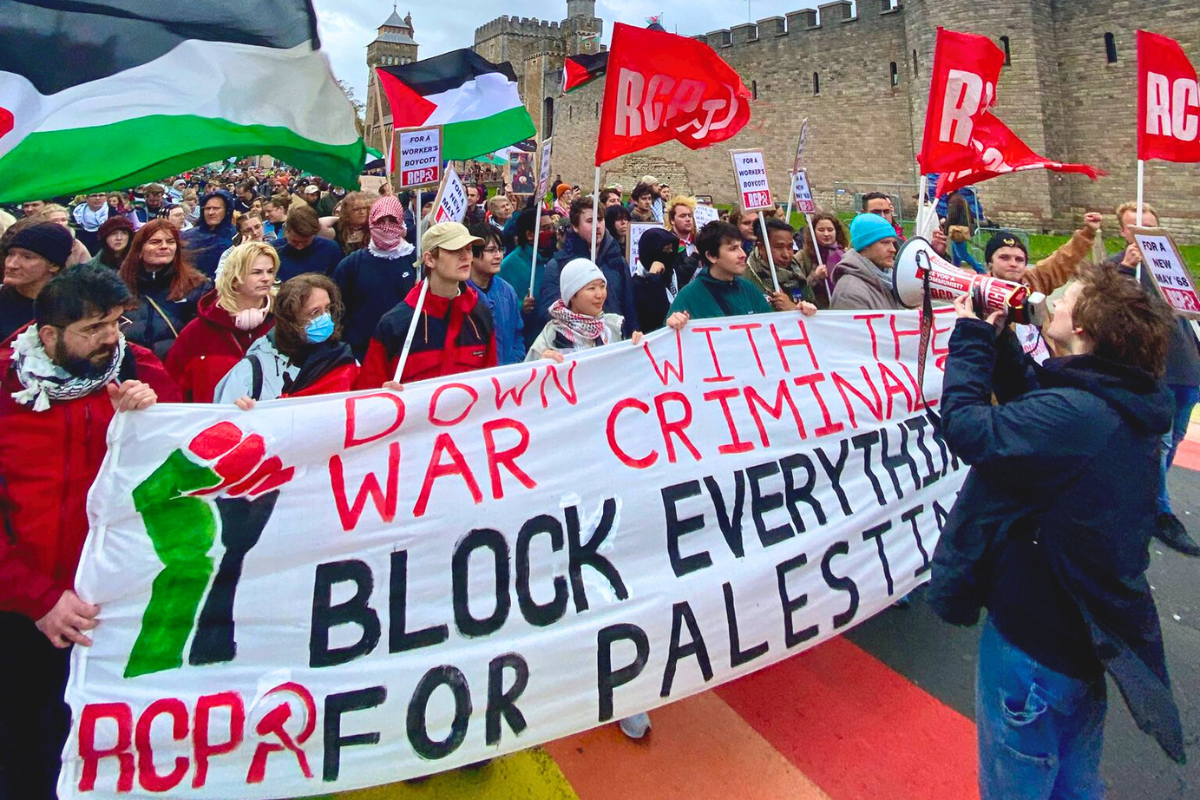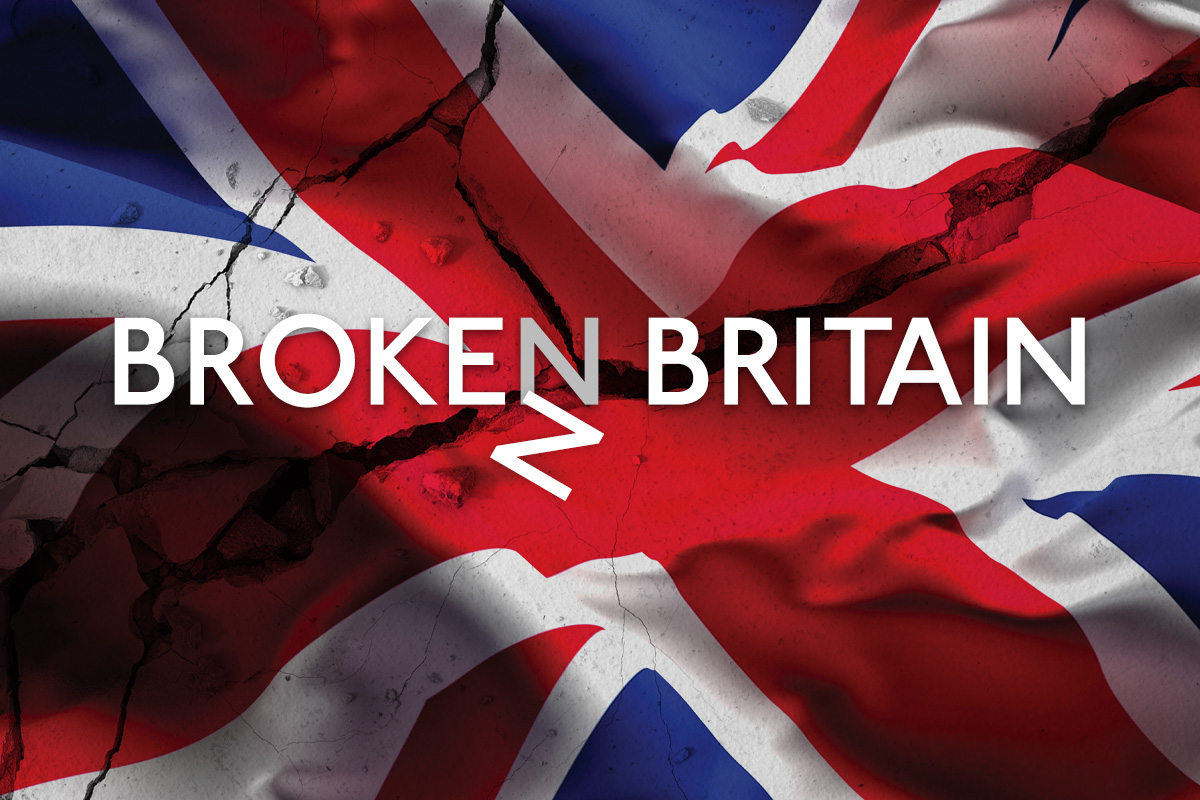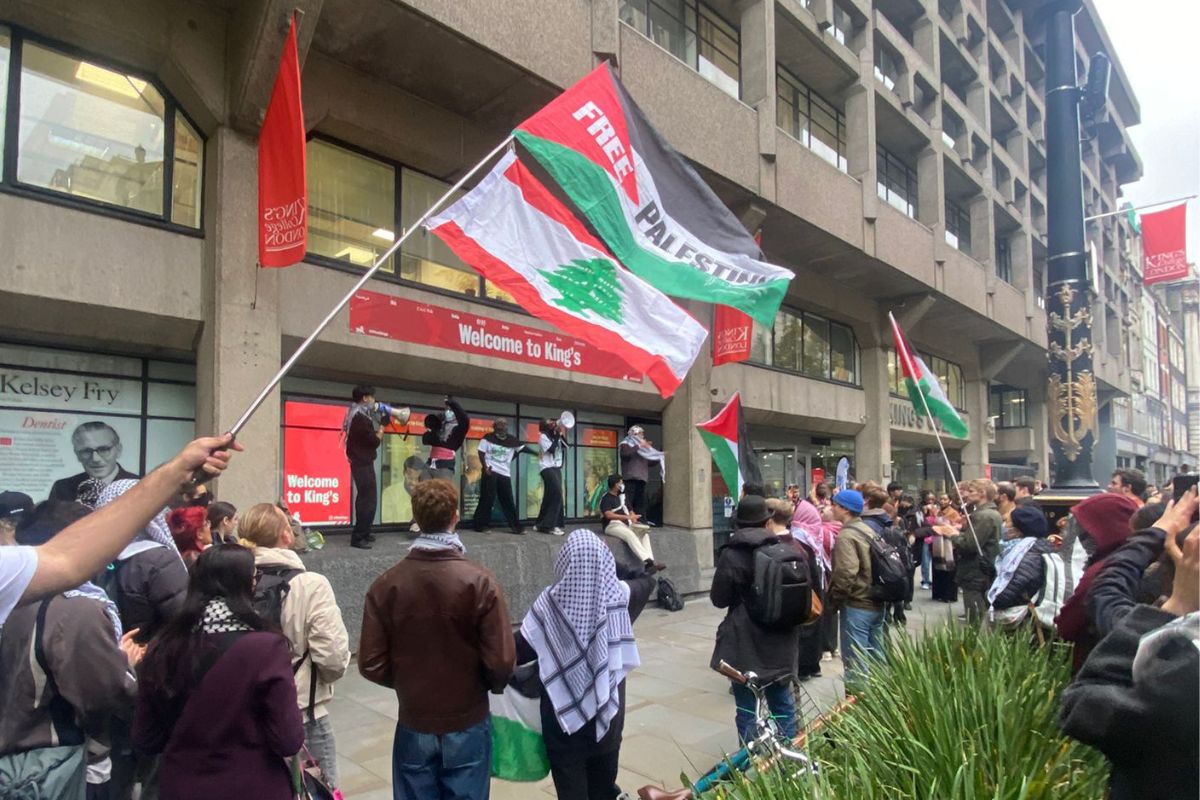The cuts to Further and Higher Education (FE & HE), the raising
of annual tuition fees to £9,000 per year and the scrapping of the £30
weekly Education Maintenance Allowance (EMA), means only one thing – the
wholesale denial of education after 16 to the children of the working
class, taking the country back to the pre-war period of university
education exclusively for the elite.
This attack on education against the youth of this country is not the
end of the story, however. The next generation is also being made to
suffer through job cuts and rising unemployment, the slashing of
benefits and the rising cost of food and transport. Meanwhile, at the
apex of the capitalist system, sit the heads of the banks who continue
to rake in millions in personal salaries and will pay themselves and
their underlings billions of pounds in bonuses this Christmas.
The government bailed out the banks with the money it collects from
direct taxes like National Insurance contributions and indirect taxation
such as the money paid on consumer goods in the form of VAT. Simply
put, our money has not been loaned to the banks, it has been handed
over. Despite this, working people do not own the banks, and have no say
as to how they are run. Now the Tories, who do the bidding of these
same banks and corporations, having handed our money over, now find they
have no money for such trifles as healthcare, housing, pensions or,
indeed, education. This means that the student movement that has taken
off is only the first step towards a much larger response needed from
the working class as a whole. Therefore it is imperative that the
students turn out towards the labour movement, asking for united action
to face off the Tory-led cuts.
Student leadership
The wave of student action last week was noticeable for a complete
lack of leadership from the NUS. As we have said in previous articles,
the first demonstration called by the NUS was a huge success despite the leadership,
who only called it under the growing pressure from below and wanted
nothing more than a one-off demonstration in order to be seen “to be
doing something”. Aaron Porter, NUS President, is like the sorcerer who
is no longer able to control the powers of the nether world whom he has
called up by his spells. He has unwittingly unleashed a fury of protest
that will not go away, and which new layers of school students, many
only in their early teens, are joining. The November 10th demonstrations
were watched by tens of thousands who were unable to join on the day,
but once given the lead were ready to join. It is clear that a movement
has started.
Despite the lack of leadership on the part of Aaron Porter and the
NUS leadership, such was the impact of the NUS-called demonstration of
November 10th – the first mass reaction to the draconian austerity measures being imposed – that the movement took on a momentum of its own.
For this reason media coverage over the past few days has focussed on
three things; the huge waves of FE and school students who have moved
to fight the cuts, the supposed “violent” character of the student
movement; and the fact that this past week’s actions appear to have been
organised on Facebook, Twitter and other social networking sites, and
have no obvious organisers. Some on the left have commented on this last
phenomenon in a positive way, suggesting that in days gone past student
leaders would be targeted and “bought off”, but today, because there is
no leadership, this will be impossible.
We must say first of all that leaders of the movement do exist. Local
leadership is provided by the many anti-cuts groups around the country,
which contain many genuine activists, and who are frustrated by the
lack of national leadership coming from the NUS. It is not leadership in
itself that creates corruption and misrepresentation. The NUS
leadership is a hangover from the past, of relative low political
activity and low participation in the student field. The right-wing have
used the NUS as a stepping stone to further their careers. Now the NUS
leaders have been exposed as out of step with those they should
represent, as consciousness catches up with the objective situation.
Yet, what the November 10th demonstration clearly revealed was the
social reserves at the disposal of the National Union of Students, which
is the traditional organisation of the British students. Not one of the
various anti-cuts campaigns could have called out over 50,000 students,
combining all the different individual student unions affiliated to the
NUS, to converge on central London such as was seen two weeks ago.
Following the lack of a lead from the NUS executive last week, the
UCL occupiers passed a vote of ‘no-confidence’ in Porter’s Presidency on
Saturday. The very next day Porter was at the occupation to meet with
the students, where he agreed to support a list of demands drawn up by
the students. These include:
- Public support from the NUS for all student occupations
- For the NUS to call for a new wave of occupations against fees and cuts
- To offer financial, legal and political aid to future occupations
- To call a day of National Action on the day of the parliamentary vote on tuition fees
- To officially support any staff taking further industrial action on cuts in the education sector
This shows, as we have said previously, the potential for the NUS
leadership to shift significantly to the left under the pressure
building up from below. Porter and the NUS executive should be held to
their word through a continuation of the rank and file student activity
that has carried the momentum of the movement in the past 2 weeks.
Already we have heard that student union’s like at Queen Mary’s,
University of London, have now begun to mobilise, acting on Porters
word, ensuring a greater turn-out for the national student strike called
for tomorrow, Tuesday Nov 30th.
The movement last week was magnificent, yet it has the potential to
be vastly greater in its scale and depth if the leadership steps up to
its responsibility. This is an important question when we consider the
kettling of student protesters, and the possibility of further police
heavy-handedness.
Police violence
Over 10,000 students converged on Whitehall in Central London last
Wednesday. Compared to the first demonstration on November 10th, the
police were out in force, not just in London but throughout the country.
In Leeds, for example, at least 6 mounted police regiments were
prepared to intervene in the 3,000-strong crowd gathered in the city
centre.
The head of the Metropolitan police has since declared that we have
entered a new age of increased state repression, in line with the view
that social unrest is expected to rise. The head of the Police
Federation, representing rank-and-file officers, stated last week that
the cuts of 25% to the police budget are too severe. This is certainly
the case for ordinary members of the police force, who are also
suffering the cuts and will no doubt also have children being deprived
of a future in higher education.
The kettling of the youth has led to hostility against the police and
government. Again the media has attempted to over-blow the violence.
All in all, an old police van, suspiciously abandoned in the middle of
the protest, was vandalised. The response of the police was completely
out of proportion, containing a large number of very young students in a
small space for hours. There were also mounted police charges against
teenage students. The tactic of kettling is designed to provoke a
reaction, and to deter students from further protests, after being
trapped for up to 10 hours in the freezing cold.
The only way to protect the movement from isolation and violence is through organisation on a mass basis.
It is clear that, even with the increased police presence at the second
demonstration in London, there would be no way to kettle 50,000
students. Yet only the NUS would have been able to call on such numbers.
The NUS should be organising its own stewarding in order to coordinate
the rally at Trafalgar Square tomorrow, and protect the student
protestors from the police. The fact that the NUS is backing tomorrow’s
actions should hopefully ensure the type of mass student mobilisation
that cannot be trapped by the police.
Only an NUS leadership ready to take a lead, connect with the mood,
and organise an ongoing campaign against the government in coordination
with the trade unions can effectively resist the actions of the police.
Occupations
Following the November 10th demonstration we saw various occupation
attempts, but without a mass campaign among the students they soon
fizzled out. The first meaningful attempt appears to have been taken by
SOAS students in London, who took the step of holding a mass assembly of
students in order to discuss the question of occupation. In this way
the maximum number of students has been involved, which is much more
democratic and far better to protect the occupation than if it is only
carried out by the action of a small minority.
In Cambridge University on Friday 100 students occupied the Old
Schools building, the administrative nerve centre of the university.
This will have far more of an impact than occupying a lecture theatre,
which students occupy every day. For the same reason however, the
university management will be quicker and more sever in their reaction,
making it imperative for the students first of all to get other students
involved and secondly by inviting the support of the local trade
unions.
This should be the case with all occupations: they need to be used to
appeal to the wider student movement and to reach out to the labour
movement, rather than confined to small groups of activists.
November 30th
Another day of action has been called for tomorrow, November 30th.
The anti-cuts alliances are calling for a demo to meet at Trafalgar
Square at 12 noon. This coincides with a debate in parliament over the
education cuts. There is urgency among students to prevent these cuts
passing through parliament, which the government is trying to accomplish
before the Christmas break. This means that the student movement must
be built up, developed and strengthened right to the end of term
Students must seek to build a strong alliance with the trade unions
as part of this fight. Many union leaders such as RMT leader Bob Crow
have called for an alliance of the unions and the students. It is down
to the NUS to take up this call and push for coordinated action with the
TUC for a national demonstration. In this way can we galvanise the
greatest number of forces to confront the government and shake it to its
foundations. A joint national demonstration of students and workers
would be a logical next step.






